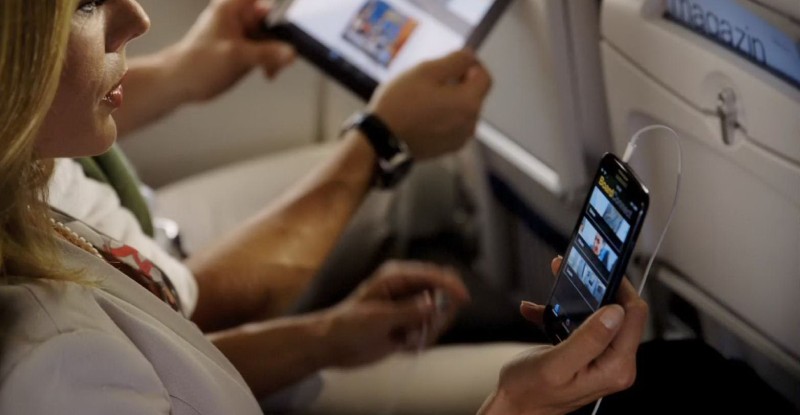They’re the unsung heroes of the inflight entertainment (IFE) industry – the companies selling whitelisted video servers and wireless access point (WAP) hardware to support myriad different wireless solutions that will nip at the heels of the big dogs for years, and give airlines further choice in the market.
Take Kontron’s ‘Cab-n-Connect’ product, for example. Boy, does Cab-n-Connect get around. It’s what Lufthansa Systems uses for BoardConnect; it’s what Rockwell Collins uses for its wireless IFE and Global Eagle Entertainment for connectivity; and it’s what Arinc uses for its Cabin Connect product on Virgin Atlantic’s A330s (hey, at least Arinc had the decency to keep the name).
Kontron is the ultimate open source system. It’s the type of thing the Department of Defense would embrace as part of the Modular Open Systems Approach (MOSA) – now called Open Systems Architecture – if the DOD cared about IFEC…actually the DOD does care a little bit. But I digress…
The idea of having a common programming language – nothing proprietary – and, crucially, the ability to scab on modules is appealing to some airlines. Indeed, certain carriers have issued RFPs that move closer in this direction, i.e. content-led products that won’t interest passengers on a hardware level.
So while Kontron doesn’t do content, it is Kontron’s hardware going on El Al’s narrowbodies as BoardConnect is rolled out (ViaSat’s Exede will be added later).
AirAsia is following a similar model, though it has tapped Cobham for the hardware and will leverage its own content provider, Tune Box, for the content. Yes, we know they’ve been talking about it for years, but it turns out they’ve finally gotten their act together.
It’s clear that the 800lb gorilla – Panasonic Avionics – will still secure other 800lb gorilla-type airline contracts because that’s what 800lb gorillas do. And Thales, Zodiac, Lumexis and Rockwell Collins will carve out a share of that embedded market (viva la competition!) After all, Hollywood continues to disallow the streaming of early window movie content to passengers’ own devices (which helps to underscore the business model for embedded and tablet IFE).
“I think that the idea of windows of availability still makes sense, even though windows will continue to narrow, and that territorial rights still have validity even as the release patterns grow tighter,” suggests IFEC industry veteran Michael Childers. And certainly if you were to judge the health of the entertainment industry on Disney’s latest earnings, you’d see there is still plenty of money to be squeezed out of the windows system.
But all the while the Kontrons of the world will be teasing a new model, one that doesn’t rely on early window movie content but which will probably get that early window movie content in the end. Why? Because the physical distribution model is broken. The introduction of the CD was the death of music. While Hollywood keeps its head in the sand on distribution, people are buying Android boxes with streaming movie channels for $150 on the Internet – and paying via Paypal no less. You can watch Divergent in high-def with your kids, and yes it’s on the “ill” side of illegal. It’s a billion pieces drawn from a billion different files so it’s not stored on the box.
And yet, the box makes all the difference in the end.












